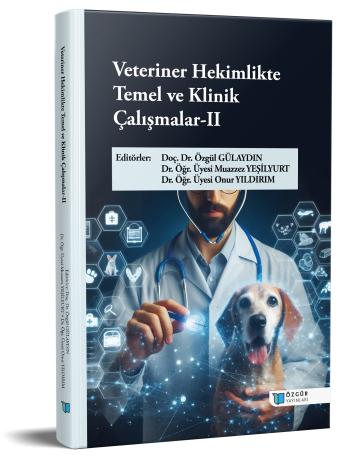
Clinical Features and Treatment Strategies for Abomasal Displacement in Cattle
Chapter from the book:
Gülaydın,
Ö.
&
Yeşilyurt,
M.
&
Yıldırım,
O.
(eds.)
2025.
Basic and Clinical Studies in Veterinary Medicine-II.
Synopsis
Abomasal displacement is a major gastrointestinal disorder of high-producing dairy cows during the early postpartum lactation period and represents a significant cause of economic loss in the dairy industry. The condition is characterized by displacement of the abomasum either between the left abdominal wall and the rumen (left displacement, LDA) or between the right abdominal wall and the liver–intestinal loops (right displacement, RDA). The primary pathophysiological change is excessive intraluminal gas accumulation leading to abomasal dilatation. Gas accumulation may result from increased gas production or from hypomotility of the abomasum. Predisposing factors include feeding high levels of concentrate during the dry period, negative energy balance after calving, hypocalcemia, inflammatory mediators affecting vagal nerve function, sudden diet changes, and reduced dry-matter intake. Additional anatomical contributors are rapid enlargement of the abdominal cavity after parturition and laxity of the abomasal suspensory ligaments. Clinically, affected cows show anorexia, weight loss, decreased milk yield, ruminal hypomotility, reduced or absent fecal output, and visible asymmetry of the paralumbar fossa. Auscultation and simultaneous percussion reveal a metallic “ping” sound, while in right displacement the normal dull hepatic percussion note is replaced by a tympanic resonance. Diagnosis relies on thorough clinical examination, laboratory testing, and ultrasonography. Treatment options include conservative rolling techniques as well as a range of surgical procedures such as left paralumbar abomasopexy, right paralumbar omentopexy, right or left paramedian abomasopexy, toggle-pin fixation, and laparoscopic approaches. The choice of technique depends on cost, risk of complications, recovery time, and the cow’s general condition. Because postoperative recurrence, production loss, and culling remain concerns, there is continued interest in safe, less-invasive therapeutic alternatives.

